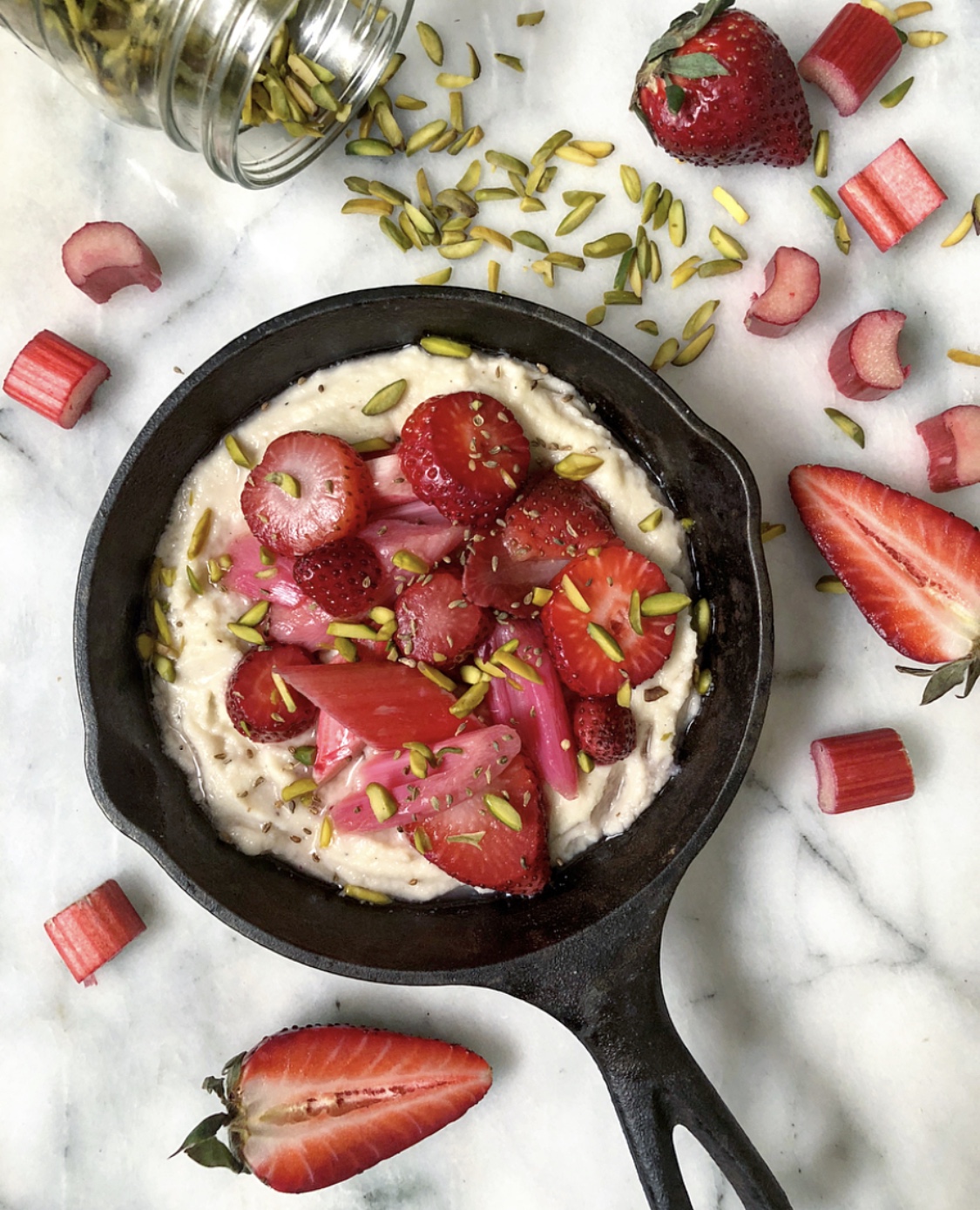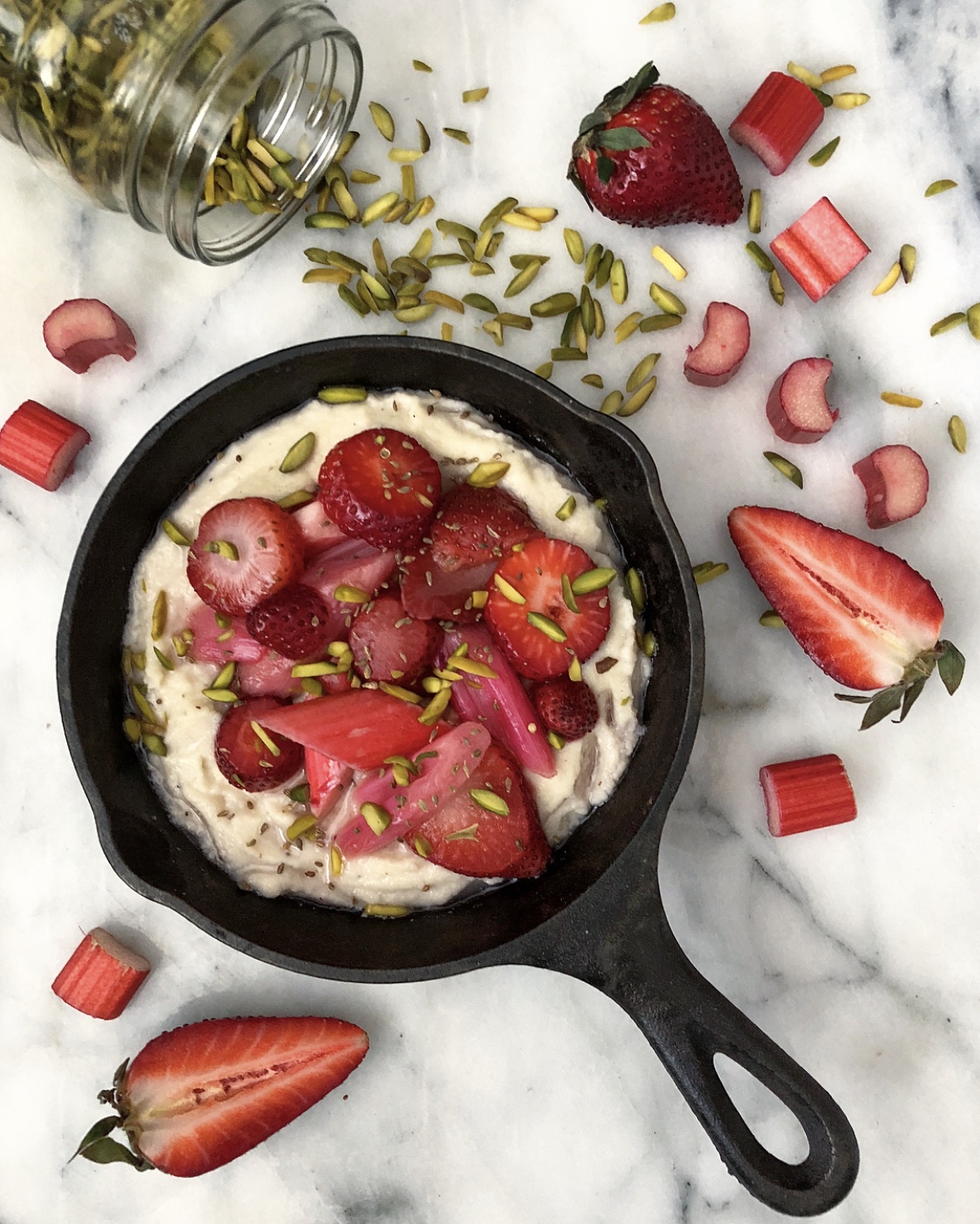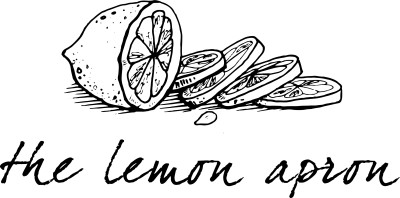When Spring appears, then rhubarb isn’t far behind. Growing up, we had a rhubarb patch in the garden.
 I was always mesmerized by those huge leaves, that were almost big enough to be an umbrella (to an eight year old, anyway!) My mom explained to us, that the leaves were bad for us, but that the stalk (or whatever German word she used for stalk) is what we could eat. Well, ever the impatient one, I would just plop myself on the ground and pull a stalk out of the ground, shake the dirt off, and bite it. The first time I did this, I was not happy!! It was so tart! Like biting into a lemon. I guess I made a face, and everyone had a good laugh. That’s me, provider of free entertainment.
I was always mesmerized by those huge leaves, that were almost big enough to be an umbrella (to an eight year old, anyway!) My mom explained to us, that the leaves were bad for us, but that the stalk (or whatever German word she used for stalk) is what we could eat. Well, ever the impatient one, I would just plop myself on the ground and pull a stalk out of the ground, shake the dirt off, and bite it. The first time I did this, I was not happy!! It was so tart! Like biting into a lemon. I guess I made a face, and everyone had a good laugh. That’s me, provider of free entertainment.
But it’s funny, I quickly got used to the tartness. Didn’t mind it all that much. So, that was not my first attempt at eating a stalk of rhubarb from the ground. Of course, when it was brought inside to the kitchen, chopped up, and stewed with a bit of sugar and cinnamon, I could agree that my mom might have something there. Even better! haha.
I think rhubarb got a bad rap for a while. Kind of a weed, it seemed more a poor man’s vegetable or fruit (yes, it is actually a perennial vegetable, but in the 1940’s, because US customs officials said since this foreign plant was used mostly in desserts, it would be classified as a fruit! Plus they could demand more tariffs at the border for fruit coming in!) The only time you’d see it in menus or offered at the dining table, was in a pie, mixed with strawberries. It seems like this is the only way North Americans knew how to prepare it. But it has a long history and is prepared in many different ways all across Europe and Asia, even in savoury dishes.
We grew up most often having it stewed or turned into a compote. My mom would cut the stalks into one inch pieces, and place them in a pot with some water, sugar and cinnamon. It doesn’t take long for the rhubarb to break down and turn the water a lovely shade of rose. We would get a small bowl and eat our rhubarb like soup. (But then again, we loved turning most things into soup, i.e.: ice cream! We were weird) It also made its way into German tortes (they don’t really make pie the way we know it) and I wouldn’t have been surprised if my uncle (who was a chef) would use it in sauces over meat dishes.
These days we are seeing a total love affair with rhubarb again. It’s showing up in salsas, chutneys, vinaigrettes, glazes over pork, even pickled. I love the sound of all of them!!
Rhubarb pairs beautifully with strawberries. But it also works well with rosewater. So, if you have a bottle of rosewater lurking about, this is a wonderful time to pull it out. It’s such an easy stew to whip up. You can make it in advance, and store it in the fridge for breakfast, or even a lovely dessert. I’ve served this over yogurt flavoured with cardamom and clove, and over vanilla ice cream as well.
And for today’s post, I’m showing how I served it for breakfast: over grits! Yes, you read correctly, grits. These are not your mother’s grits. This is probably more like polenta. Either way, corn is NOT involved. I don’t do well with corn. I like it, but it doesn’t like me. Very hard to digest. I will eat cornbread…and pay the consequences. But when I was introduced to ‘I Heart Umami’ and this recipe for savoury grits using almond meal, I was thrilled. ChihYu treats the almonds just like hominy grits or polenta meal, and prepares it the same way. I used trustworthy Bob’s Red Mill almond meal, and turned out beautifully. So, if cooking it savoury worked so well, I thought, why not turn this into a sweet version? So I used almond milk instead of stock or water, and lightly sweetened it with coconut palm sugar and a touch of cardamom. Oooh, I was in love with something so simple as mushy almonds! And the perfect pillow for my rhubarb recipe. And now that we have a lovely alternative grits or polenta recipe, the toppings and additions are endless. Expect to see me use it again. I hope you try this out. And check out ‘I Heart Umami’ for more fabulous paleo ideas as well 🙂
Love Jen


Stewed Rhubarb over Almond 'Grits'
A beautifully fragrant, lightly stewed rhubarb and strawberries over a fresh take on grits: almonds with a touch of cardamom and sweetened with coconut palm sugar
Ingredients
- 2 medium stalks of rhubarb cut into 2 inch pieces
- 3-4 strawberries slicely thickly
- 1/3-1/2 cup sugar per your tastes
- 1/2 cup water
- 1/2 tsp vanilla
- 1/4 tsp rosewater you can replace this with cinnamon if so desired
- 4-5 dashes rhubarb bitters
- 1/2 tsp lemon juice
- 1 1/2 cups almond milk
- 1 1/3- 1 1/2 cups almond meal depending on how thick you would like your 'grits'
- 1/2 tsp salt
- 2 tsp coconut palm sugar to taste
- 1/2 tsp cardamom
- 1/2 tsp anise seeds
Instructions
-
Rhubarb Stew:
Bring the water and sugar to a boil. Stir and cook until the sugar is completely dissolved. Remove from the burner.
Add the vanilla and bitters and return to the burner. Cook for one more minute.
-
Add the rhubarb and strawberry slices. Stir to cover well. Remove from the heat and cover. Let it sit for about 3 minutes.
Add the lemon juice and rosewater. Let sit out for 15 minutes, or until cool enough to store in the fridge till needed.
-
When ready to use, remove from the fridge and let return to room temperature. Spoon over your desired base: polenta, ice cream, yogurt, grits, etc. If the space is not thick enough for your liking, you can reheat at medium high heat and cook to reduce the liquid slightly.
-
For the Grits:
Bring the almond milk, salt, sugar and cardamom to a boil in a medium pot.
When boiling, add the almond meal in a stream, whisking all the while to avoid lumps.
Reduce the heat to a simmer and continue to stir until it begins to thicken, about 10-15 minutes.
Remove from the heat. As it cools, it will continue to absorb more liquid.
When ready to serve, divide the grits between two bowls, and spoon the rhubarb and syrup over the grits. Sprinkle with anise seeds for both a crunchy and light liquorice scented garnish.

Wonderful!
Hi Iva, Thanks so much for the feedback. Yes, the grits are such a great base for stewed or baked fruit of any kind. Enjoy. Love Jen